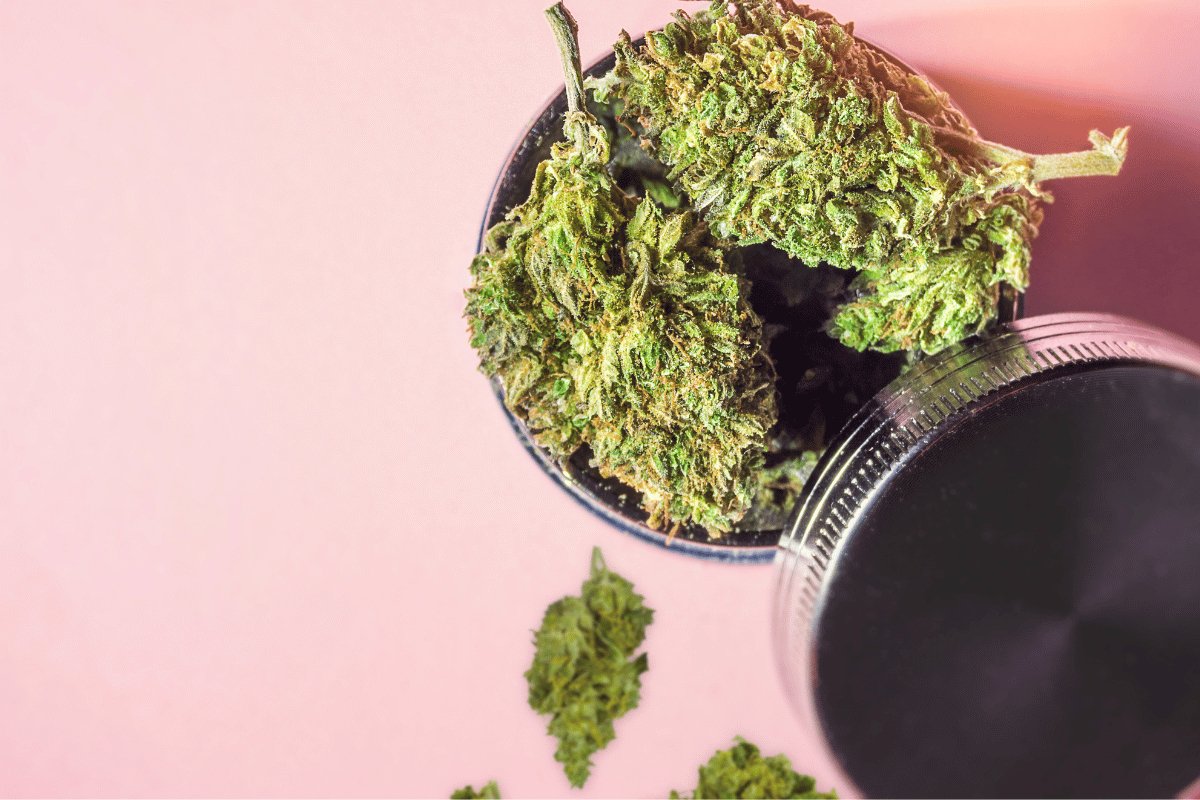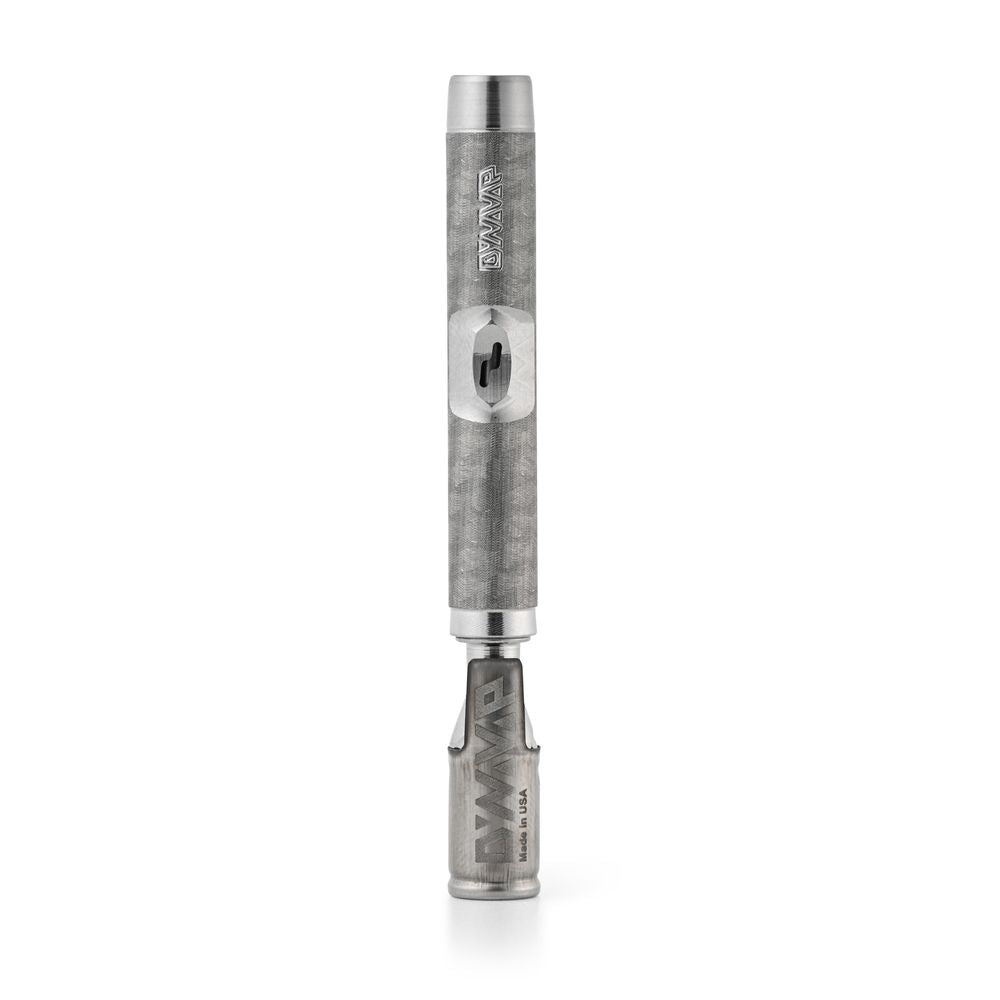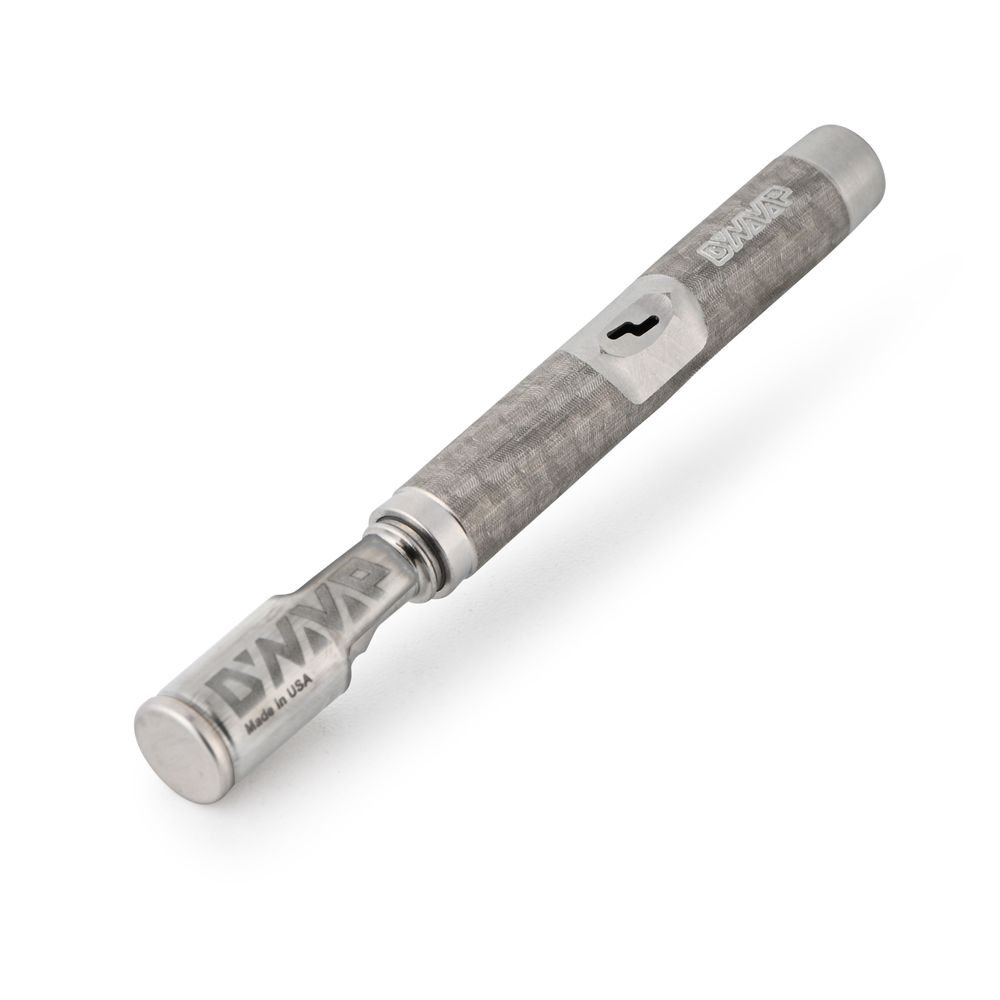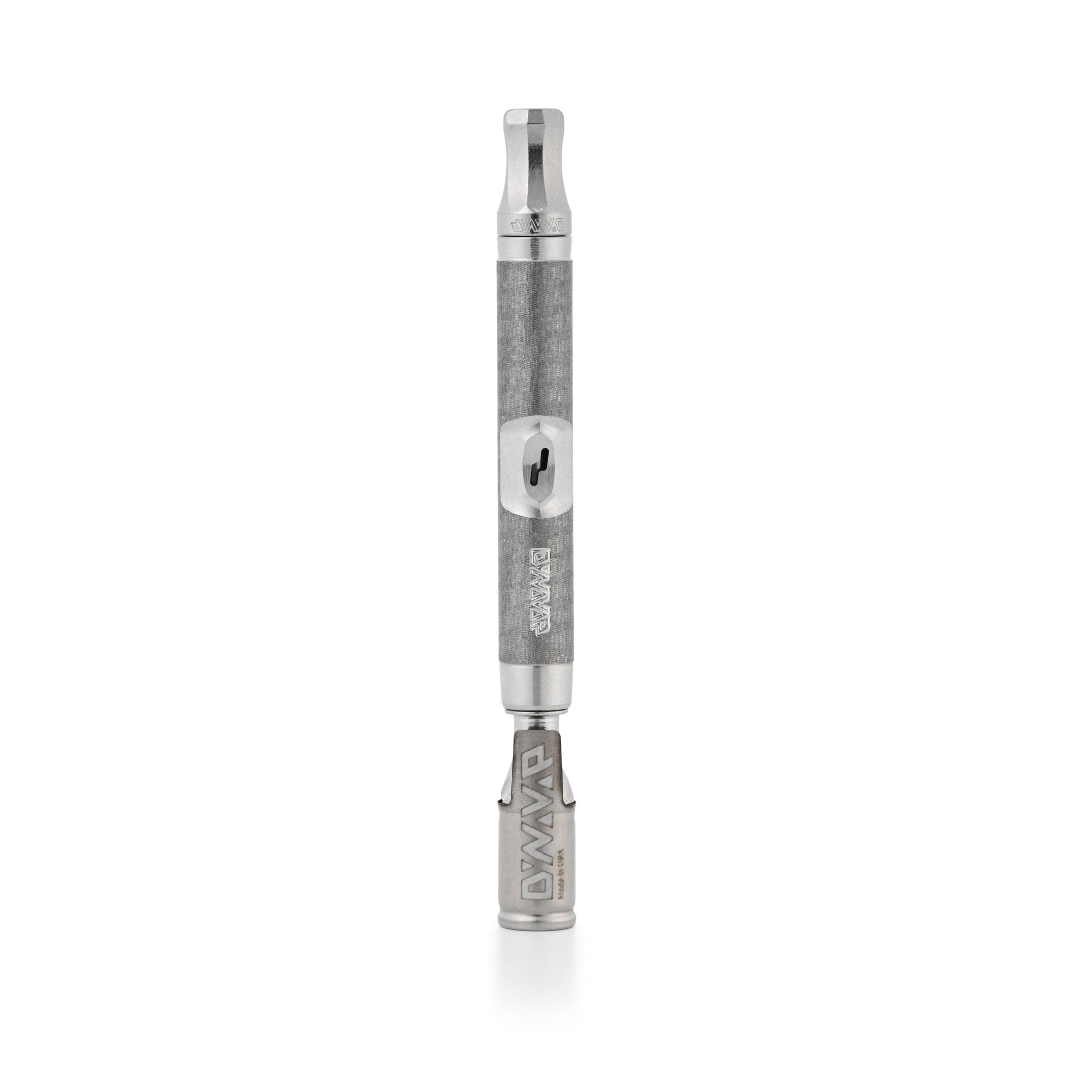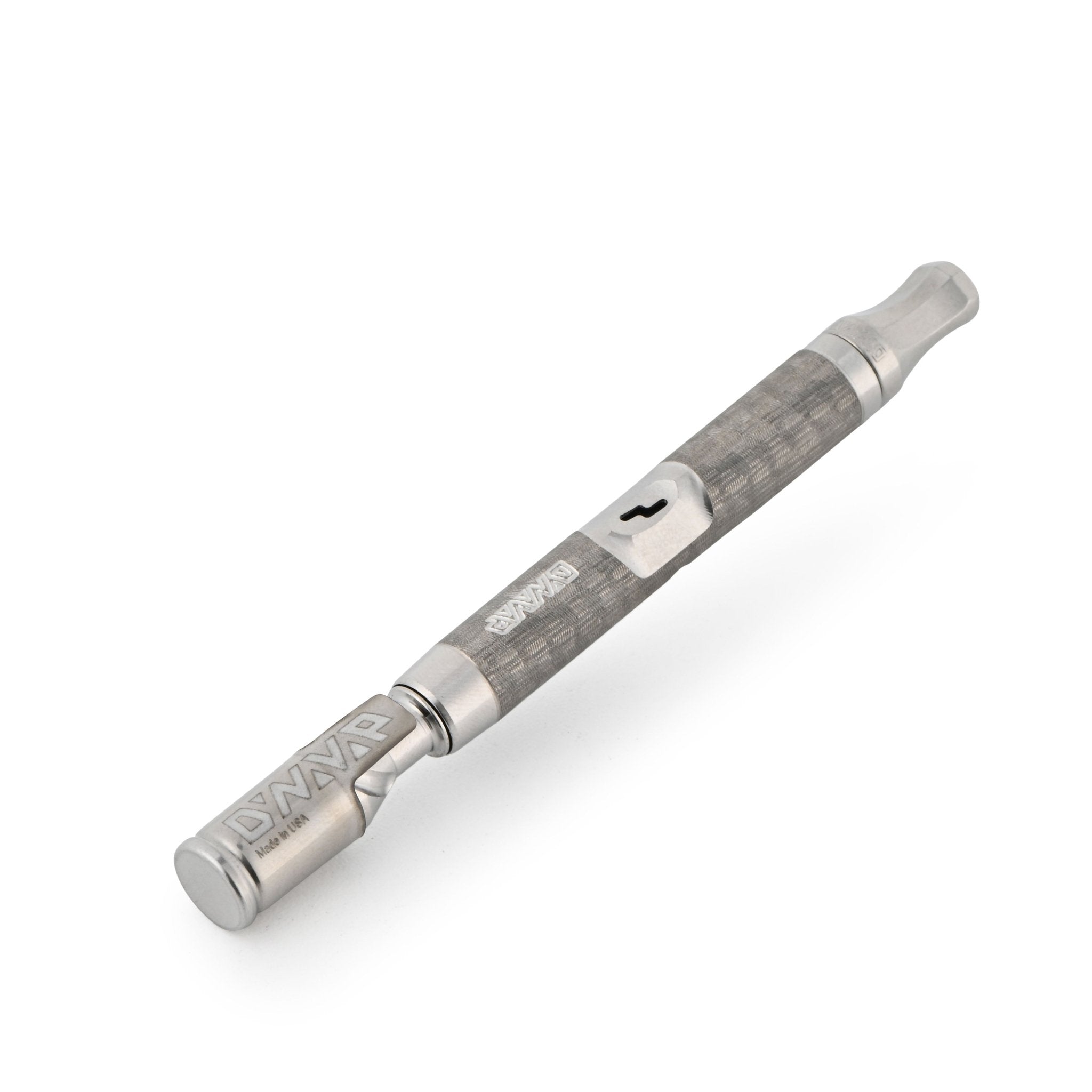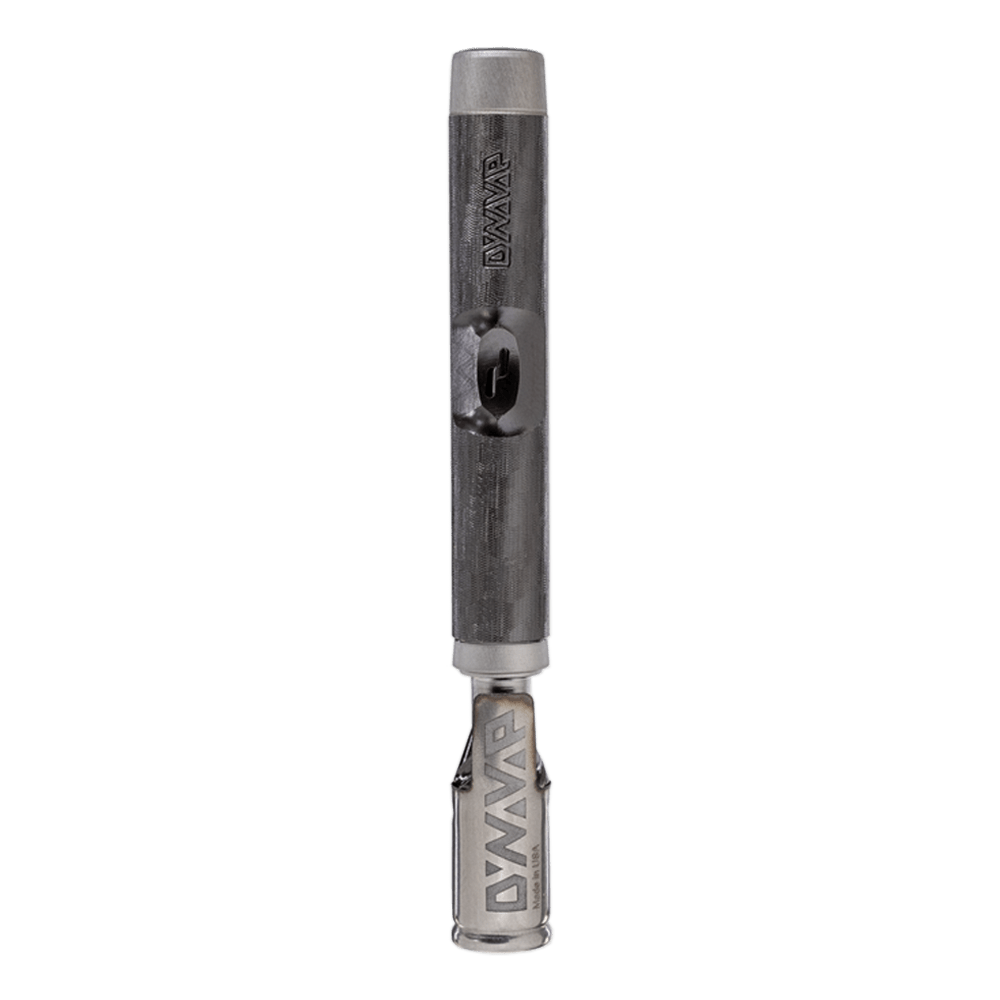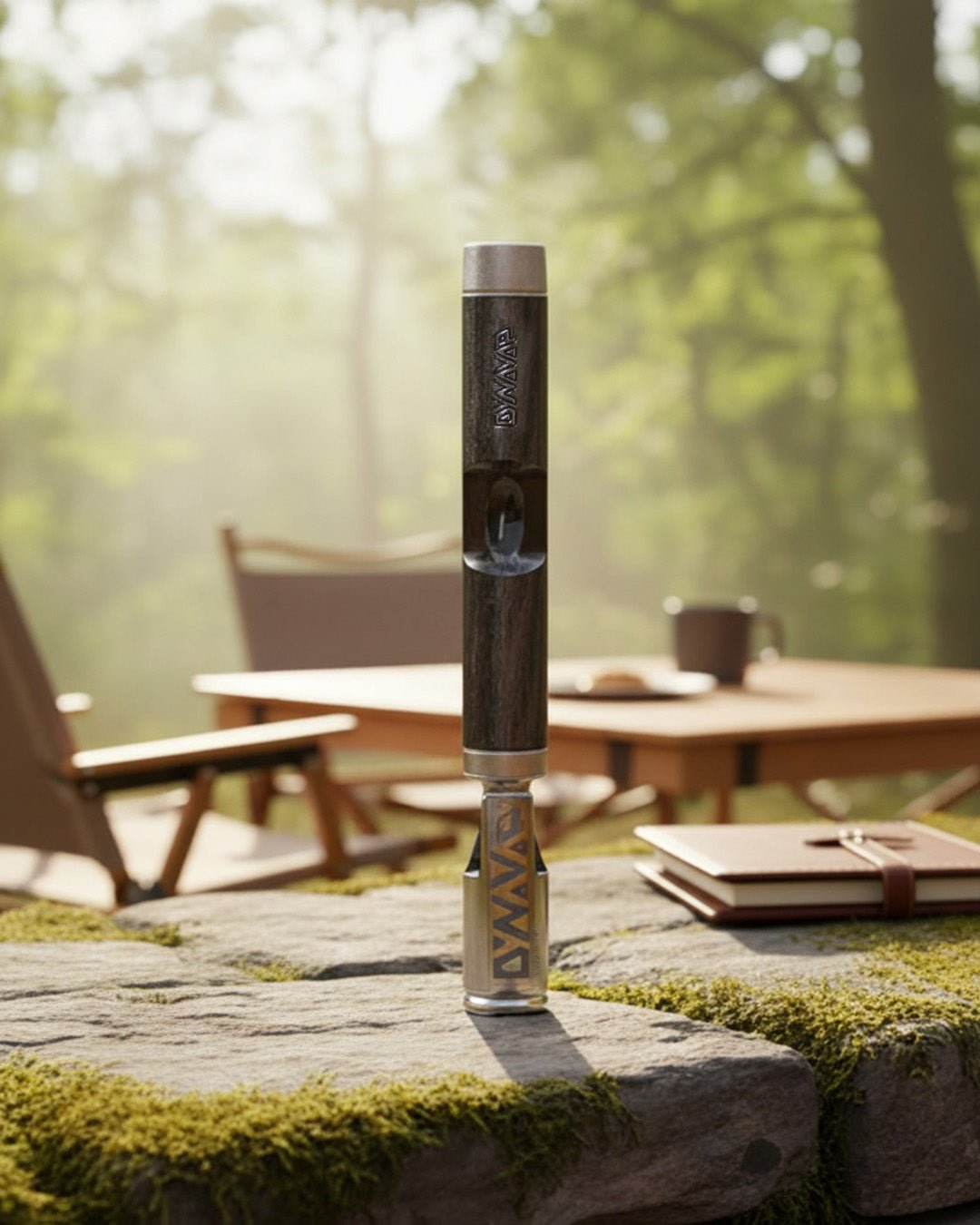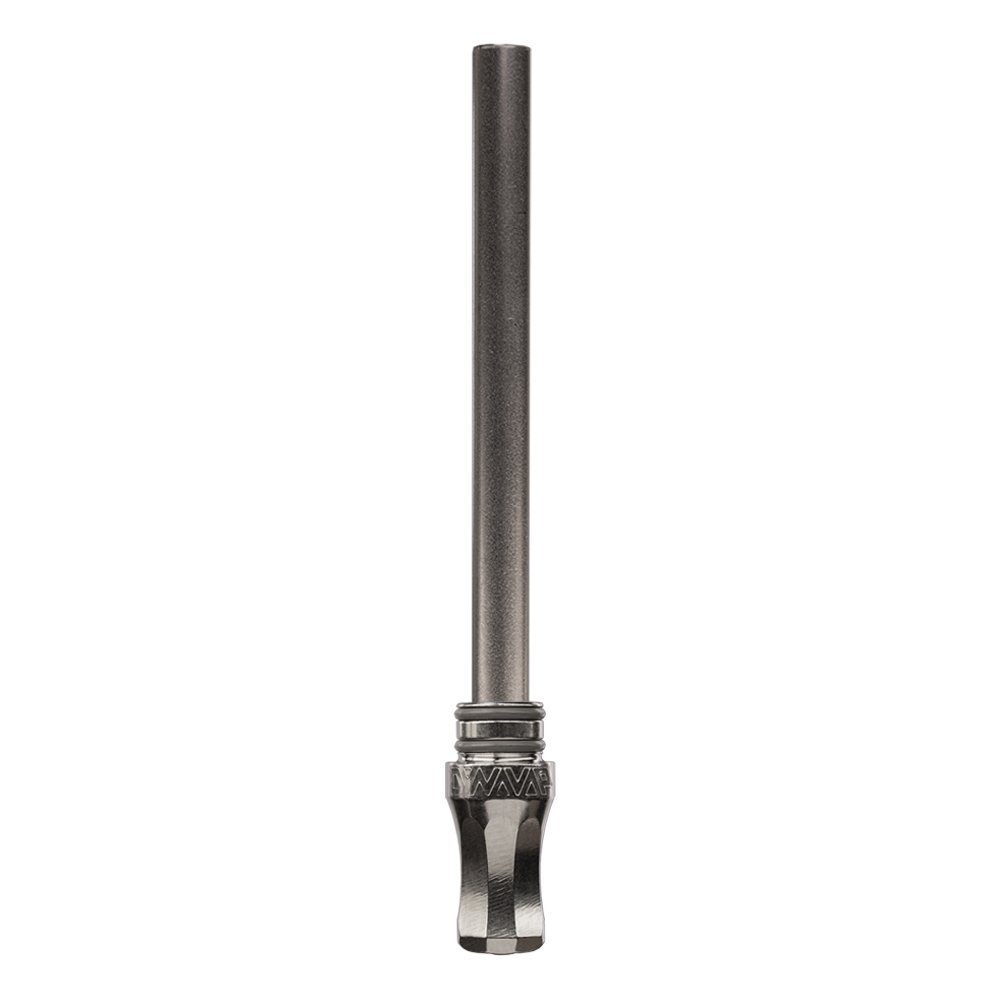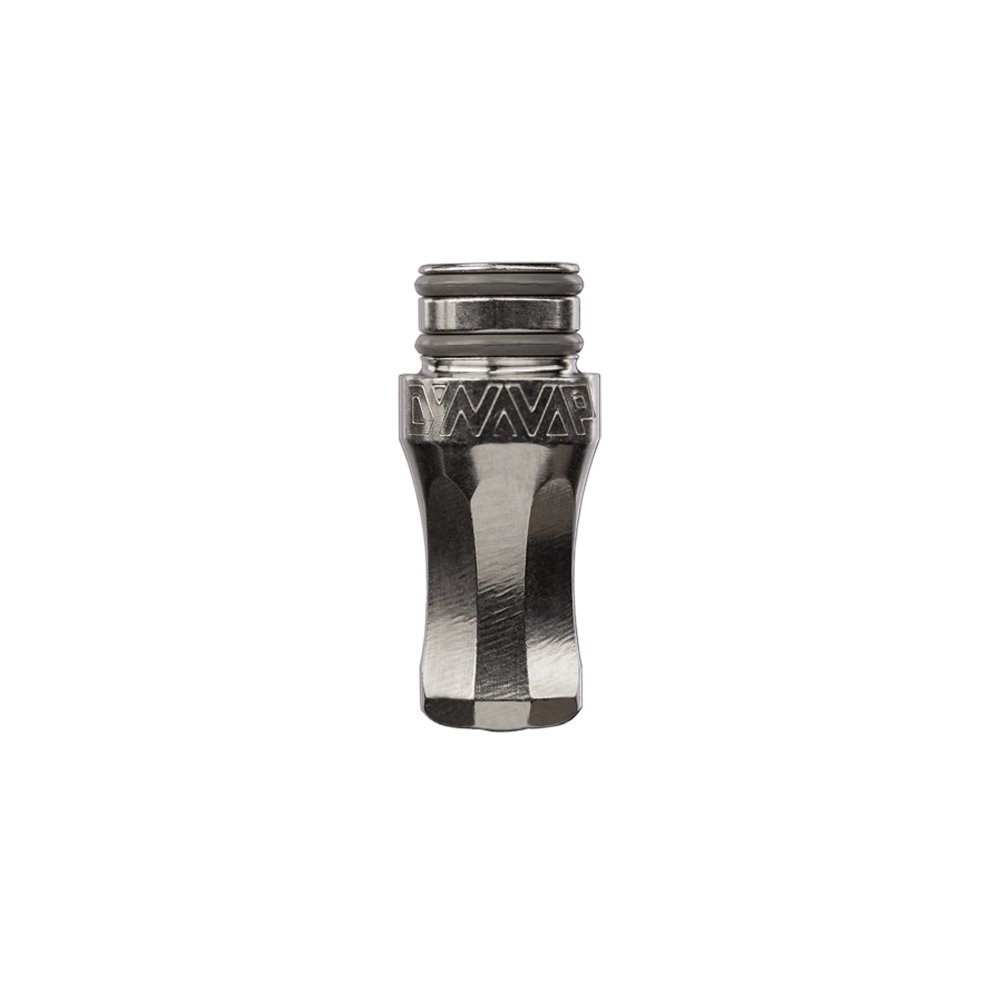Just when you thought you’d wrapped your head around Delta-9 THC–wait–there’s more!
Like variations on a theme, cannabis contains diverse expressions of THC. Besides Delta-9 THC, the cannabis plant also naturally produces another version of THC known as THCP. There’s evidence that THCP is significantly more potent than Delta-9 – potentially 33 times as potent.
However, there’s also another version of THC that’s also seriously strong–THC-O. THC-O represents a synthetic version of THC as it’s manufactured in a laboratory using acetic anhydride. THC-O is fast developing a reputation for the psychedelic highs it delivers.
If you’re keen to learn about these two popular THC analogs, read on. We’ll walk you through the key characteristics of these different forms of THC and how the two compare, including the kind of high each delivers.
THC 101: There Are Diverse Types of THC
Before diving headfirst into a comparison of THCP and THC-O, it’s helpful to have a brief refresher course on THC in general.
THC stands for tetrahydrocannabinol, which is the major cannabinoid present in the cannabis plant responsible for its intoxicating psychoactive effects, or what many refer to as a ‘high’. The most abundant form of THC present in weed is Delta-9 THC. Delta-9 THC is also the most researched and best understood form of THC.
However, there are also other forms of THC. While all forms of THC share the same general molecular structure, each type of THC has slight chemical variations leading to distinctive effects. Some forms of THC are naturally occurring cannabinoids found in the cannabis plant, such as THCP. Other types of THC, like THC-O, are synthetically produced in a laboratory.
While all forms of THC will cause some form of intoxication, the effects of each type can vary depending on its potency. The onset of the effects can also fluctuate. THC-O, for example, takes about twenty to thirty minutes to kick in when inhaled and can last up to four hours. THCP can take effect in as few as ten minutes, and last for one to two hours when vaped or smoked.
Let’s find out more about THCP and THC-O.
What is THCP?
In a laboratory in Modena in 2019, a group of Italian scientists studying industrial hemp chanced upon an unexpected discovery: a brand new cannabinoid they named tetrahydrocannabiphorol, or THCP. The research team used advanced techniques such as liquid chromatography and mass spectrometry to prove the existence of this naturally-occurring form of THC.
What’s special about THCP is its 7-link side carbon chain, which had never before been seen in a natural cannabinoid. Delta-9 THC, by comparison, has a 5-link side carbon chain. The presence of these two extra carbon links allows THCP to bind even more effectively to the body’s cannabinoid receptors.
According to the scientists who discovered the cannabinoid, THCP may be 33 times as potent as regular Delta-9 THC. However, it’s wishful thinking that smoking THCP will get you 33 times higher than good old Delta-9. What it does mean, however, is that THCP is better able to stimulate the body’s endocannabinoid system than Delta-9 THC, producing an intensive high. The Italian research team demonstrated with mice that THCP caused behavioral and physiological effects that were comparable to THC but at half the dose–so in reality, it’s about twice as potent as regular Delta- 9 THC.
There’s speculation that THCP may help explain why some weed strains with low levels of Delta-9 THC can deliver such potent effects. It’s believed that in these strains, the presence of low amounts of THCP may elevate the strain’s psychoactive and therapeutic benefits.
At the moment, researchers are still busy finding out more about the potential benefits of THCP. The fact that the cannabinoid can deliver comparable effects to Delta-9 THC at lower doses means that the cannabinoid’s potency could be a game changer for people who require high levels of THC for pain relief.
When it comes to how THCP feels, those who’ve experimented with it often describe it as “psychedelic”, “surreal”, “light-headed”, or as one user succinctly put it, “F***ing amazing.” In other words, expect a more mind-bending, heady high than regular Delta-9 is capable of delivering.
THCP can be sourced naturally from the cannabis plant, but as it is a minor cannabinoid occuring in miniscule concentrations, it’s more commonly formulated synthetically. Manufacturers create THCP by extracting CBD naturally from hemp or cannabis strains then converting it to THCP using acids or solvents. THCP is also often blended with other forms of THC, such as Delta-8 THC, to be used in cannabis products.
What about THC-O?
THC-O, tetrahydrocannabinol acetate, or THC-O acetate as it is sometimes known, represents another form of THC that’s currently trending. The molecule first emerged when the US Army carried out experiments on incapacitating agents. Researchers tested THC-O on dogs and discovered that it was twice as likely to affect the dog’s coordination as Delta-9 THC.
This synthetic or chemical version of THC is generally produced in a laboratory setting by altering CBD molecules extracted from industrial hemp plants. CBD is converted to Delta-8 THC, then acetic anhydride is added to the THC molecule. This process is known as acetylation. It produces a form of THC with an altered molecular structure that’s also more bioavailable and accessible to the body (it’s basically the same process that turns morphine into heroin.)
Thanks to this increased bioavailability, THC-O is about three times stronger than regular Delta- 9 THC. Those who’ve experienced a THC-O high often report vivid hallucinations and borderline hallucinogenic effects. The effects of THC-O also take a while to kick in, because THC-O is a pro-drug that has to be fully metabolized by the body before its effects become apparent. Because of these delayed effects, it’s extra important to go slow and wait for an hour before ingesting more THC-O.
THC-O has been enjoying the spotlight in recent years because it’s produced using legal hemp instead of cannabis, which has led some manufacturers to claim that it delivers a legal high. However, in 2023 the DEA made a point of stating that THC-O is an illegal controlled substance at a federal level, busting any gray area regarding its legality.
When it comes to the potential benefits associated with THC-O, there’s very little research regarding its pharmacological effects. Anecdotal reports from those who’ve tried the synthetic cannabinoid mention a mixed bag of physical and mental outcomes, such as pain relief, hallucinations, dizziness, enhanced appetite, panic attacks, sedation, and spiritual introspection.
One issue that experts consistently point out is that the THC-O products available to consumers are unregulated, and what’s advertised on the label often differs from what’s present in the product. What’s more, THC-O is created using harsh chemicals that can be harmful if even trace amounts linger in the final product. As one study recently emphasized, vaping THC-O may lead to lung injury due to the presence of acetate esters in the compound.
Comparing THCP and THC-O
So, how do THCP and THC-O compare?
Here’s how the two forms of THC measure up when it comes to chemical structure, highs, physical and mental effects, safety and legal status.
Chemical Structure
THCP and THC-O each have a slightly different chemical structure to Delta-9 THC. The chemical formula for Delta-9 THC is C₂₁H₃₀O₂. THCP’s chemical formula is C23H34O2, while THC-O’s formula is C23H32O3.
Basically, there’s subtle variation in the number of hydrogen, oxygen and carbon atoms in each type of THC molecule. As mentioned earlier, THCP also has a 7-link carbon side chain compared to Delta-9 THC’s 5-link carbon side chain, enabling it to bind to the body’s endocannabinoid receptors better. THC-O is also distinctive from Delta-9 THC and THCP as it is a pro-drug and has to be fully metabolized by the body before it becomes active.
These slight structural differences can lead to mildly distinct effects, which we’ll explore more below.
Highs and Other Effects
THCP and THC-O are both associated with more intense psychoactive effects than classic Delta-9 THC.
Research suggests that THCP delivers effects that are roughly twice as intense as regular THC. THC-O, on the other hand, is said to kick off a high that’s about three times as potent.
Users often describe both THCP and THC-O highs as psychedelic, though THC-O is also associated with other, more intensive effects such as dizziness, hallucinations, spiritual experiences, paranoia, and even panic attacks.
However, it’s worth remembering that diverse factors can influence a high, including personal tolerance, the composition of the product, the dose you consume, and the setting in which you consume it.
Safety and Legal Status
In general, both THCP and THC-O are created synthetically using cannabinoids derived from industrial hemp, such as CBD or Delta-8 THC. While there are some reputable suppliers in the cannabis industry producing THC-O and THCP products, the synthetic cannabinoid market is unregulated. This means these cannabinoids and their concentrations can deviate significantly from what’s labeled on product packaging.
Since hemp-derived products are often also produced using different acids or solvents, it’s vital that any trace of these chemicals are removed from the final product. In an unregulated market, however, it’s up to manufacturers to prove to consumers through independent third-party purity testing that their products are free of harmful contaminants.
If you’re purchasing THCP or THC-O products, buy from brands that test for purity and potency and provide links to their Certificates of Analysis.
When it comes to legality, the DEA recently released a statement declaring that hemp-derived synthetic cannabinoids are illegal, controlled substances. In different regions of the United States, however, the laws can vary wildly. Recently, some states such as Oregon have moved to ban synthetic hemp-derived cannabinoids. However, other states such as Florida haven’t banned synthetic forms of THC but require these products to show the total Delta-9 THC content and to only be sold to adults 21 years of age or older.
If you’re interested in experimenting with THCP or THC-O, it’s a good idea to check your state’s laws regarding the sale of synthetic psychoactive cannabinoids.
What’s the Best Way to Consume THCP and THC-O?
Like all cannabinoids, THCP and THC-O can be consumed through diverse delivery methods. In general though, synthetic cannabinoids tend to be sprayed onto dry plant material to be smoked, mixed into a liquid solution to be vaped, or added to food or beverages to be consumed.
Vaping represents one of the safest, easiest, and fast-acting ways of consuming THCP and THC-O products. Research has found that vaping offers similar fast-acting effects to smoking, but without producing harmful carbon monoxide, exposing the user to toxins produced by smoke, or triggering chronic respiratory symptoms.
If you’re thinking about vaping THCP or THC-O products, check out DynaVap’s range of dry herb vaporizers.
DynaVap vaporizers allow you to stretch your stash using just a small amount of dry material and vape discreetly on the go whenever you like. Since DynaVap vaporizers are battery free, they’re super simple to power up and use–all you need is a heat source like a lighter or torch, and you’re ready to go. Dynavap’s “B” series is a perfect entry-level vaporizer, while the “M” series represents the brand’s most popular dry herb vaporizer.






